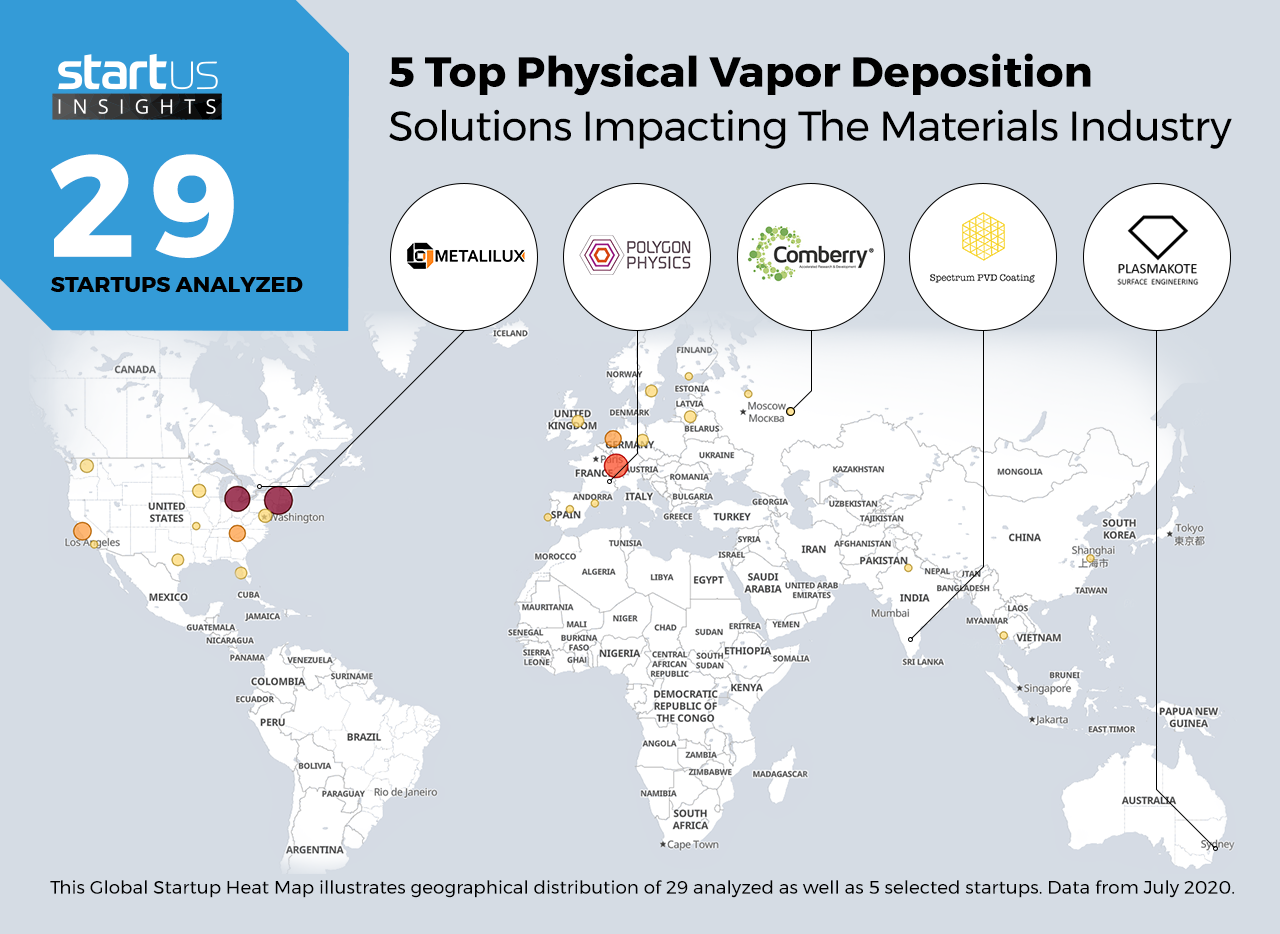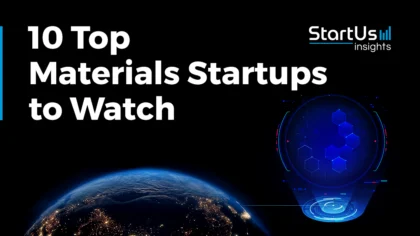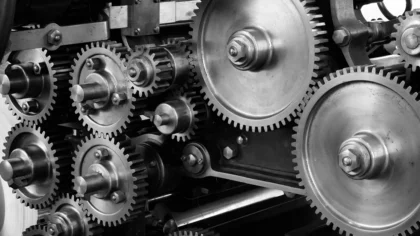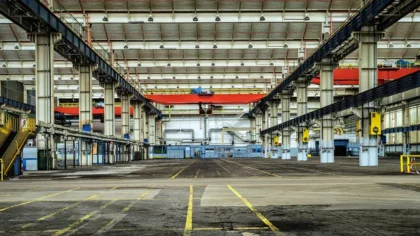Our Innovation Analysts recently looked into emerging technologies and up-and-coming startups working on solutions for the materials sector. As there is a large number of startups working on a wide variety of solutions, we decided to share our insights with you. This time, we are taking a look at 5 promising Physical Vapor Deposition solutions.
Heat Map: 5 Top Physical Vapor Deposition Solutions
Using our StartUs Insights Platform, covering 1.116.000+ startups & emerging companies, we looked at innovation in the field of materials. For this research, we identified 29 relevant solutions and picked 5 to showcase below. These companies were chosen based on a data-driven startup scouting approach, taking into account factors such as location, founding year, and technology among others. Depending on your specific criteria, the top picks might look entirely different.
The Global Startup Heat Map below highlights 5 startups & emerging companies developing innovative physical vapor deposition solutions. Moreover, the Heat Map reveals regions that observe a high startup activity and illustrates the geographic distribution of all 29 companies we analyzed for this specific topic.
Spectrum PVD – Craft Aesthetics
The process of Physical Vapor Deposition is suitable when a substrate requires the application of a thin layer of material over it. PVD allows manufacturers to create fine layers of deposited materials which have the preferred material properties, at an economical cost. Many industries use this process including architectural constructs and furniture craft. Startups look to capitalize on the variety of materials and methods available for deposition.
Indian startup Spectrum PVD provides Physical Vapor Deposition solutions to apply thin layers of titanium up to 1 micron in thickness onto stainless steel and porcelain-based crafts. The startup offers deposition services aiming to improve the overall aesthetics of the materials. Further, their solutions also increase the durability and strength of materials by adding titanium layers.
Plasmakote – Anti-Bacterial Thin Films
PVD coatings also possess the capability of material deposition at different temperature ranges, an upgrade from conventional electrochemical coating techniques. PVD coatings involve the possibility of scaling up to accommodate larger production cycles with complex geometrical shapes. Besides, they are also suitable for anti-bacterial functionalization.
Australian startup Plasmakote is a thin-film coating service provider. The coating that they have developed is a thin film called ABACO. The unique antibacterial properties of ABACO prevent the growth of bacteria on the deposited surfaces. ABACO can also be deposited on many different substrate surfaces such as ferrous, non-ferrous metals, and polymers.
Comberry – Conductive Thin-Film Deposition
The rapid developments in the electronics and display sectors imply that whenever technology improves, manufacturing methods also have to correspondingly advance. This provides opportunities for thin-film deposition companies to create conductive thin films that are just a few micrometers in thickness.
Russian startup Comberry is a research and development company in the field of thin-film coating for use in electronics, energy, and displays. The TEMPUS AP-30 built by Comberry allows for the faster processing of wafers through its 5 atomic layer deposition (ALD) and PVD chambers. Thanks to the pre-cleaning and degassing modules, companies complete the deposition process faster and without interruption, compared to conventional systems.
Metalilux – Automotive Coatings
Automotive research & design is highly technical as a careful balance must be maintained between weight, performance, and cost. Additionally, with the use of more complex materials, existing manufacturing methods cease to be efficient or require cost-prohibitive restructuring to handle new materials safely. Physical Vapor Deposition provides manufacturers an easy, safe, and environmentally friendly method to create high-performance coatings for automotive components.
Canadian startup Metalilux is a specialist in PVD of thin layers of metals and alloys such as aluminum, titanium, and magnesium. Their production method provides automotive components with beneficial attributes while not requiring any toxic heavy metals or producing harmful residue.
Polygon Physics – Multi Ion Beam Sputtering (IBS)
Nowadays, Ion Beam Sputtering, due to its high quality and precision thin films, is one of the preferred techniques in PVD on substrates. While IBS has its advantages in the creation of thin films, in comparison with other methods, there is still a lower rate of adoption of this technique. This is due to the smaller deposition areas and slower material deposition rates, both crucial for commercial-scale applications.
French startup Polygon Physics manufactures Multi Beam Sputtering Deposition systems. Their solution uses a specific geometric shape to orient the beam aimed at the target. This geometry allows for multiple smaller ion beams to deposit various materials onto the target surface, unlike conventional systems that only deposit one material at a time. Their multi-beam sputtering system is modular and scalable which increases its viability for large scale commercial purposes.
What About The Other 24 Solutions?
While we believe data is key to creating insights it can be easy to be overwhelmed by it. Our ambition is to create a comprehensive overview and provide actionable innovation intelligence so you can achieve your goals faster. The 5 physical vapor deposition solutions showcased above are promising examples out of 29 we analyzed for this article. To identify the most relevant solutions based on your specific criteria, get in touch.









